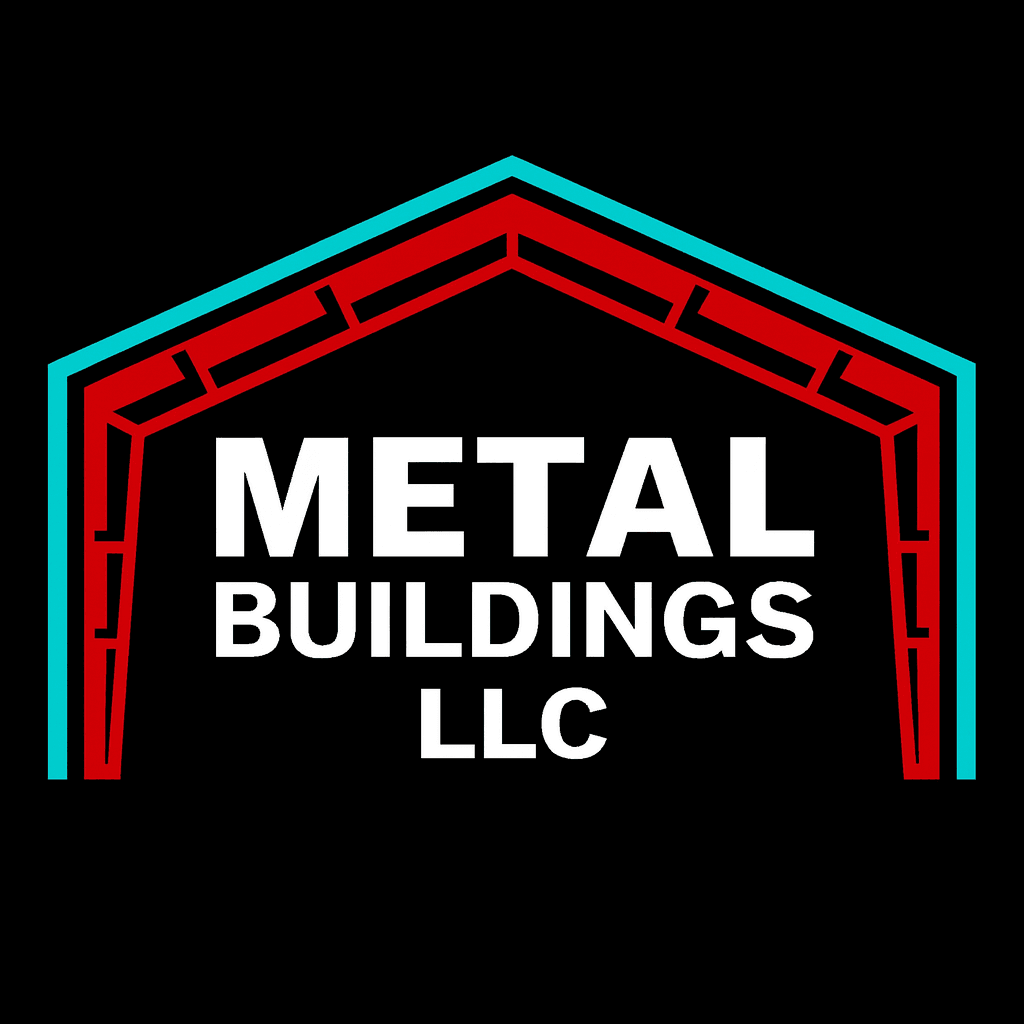Comparing Cold Formed Buildings vs. Red Iron Buildings: Which is Right for You?
Understanding Cold Formed Buildings
Cold formed buildings are constructed using steel components that are shaped at room temperature. This process involves rolling or pressing thin sheets of steel to create strong, lightweight building materials. These structures are known for their versatility and cost-effectiveness, often being used in a variety of applications, from residential garages to commercial warehouses.
One of the most significant advantages of cold formed buildings is their quick assembly. Since the components are prefabricated, they can be easily transported and assembled on-site, reducing construction time and labor costs. Additionally, cold formed buildings can be customized to meet specific design requirements, making them an attractive option for many builders.

Benefits of Cold Formed Buildings
- Cost-Effective: The lightweight materials reduce transportation and labor costs.
- Quick Assembly: Prefabricated components allow for rapid construction.
- Customizable: Easily tailored to specific design requirements.
Exploring Red Iron Buildings
Red iron buildings, also known as steel I-beam buildings, are constructed using larger, heavier steel components. These structures are renowned for their durability and strength, making them ideal for industrial applications such as factories and large warehouses. The name "red iron" comes from the red oxide coating applied to the steel to prevent rusting.
These buildings are designed to withstand extreme weather conditions and heavy loads. The inherent strength of the I-beams allows for expansive open spaces without the need for load-bearing walls, offering greater flexibility in interior layout. However, this strength comes at a cost, as red iron buildings typically require more time and labor to construct compared to cold formed buildings.

Advantages of Red Iron Buildings
- Durability: Built to last, withstanding harsh weather and heavy loads.
- Spacious Interiors: Large open areas without the need for interior supports.
- Long-Term Investment: Ideal for industrial applications that require robust structures.
Comparing Cost and Maintenance
When it comes to cost, cold formed buildings generally offer more budget-friendly options upfront due to their lightweight nature and ease of assembly. They require less material and labor costs, making them an appealing choice for smaller projects or temporary structures.
In contrast, red iron buildings usually involve higher initial costs but provide long-term value due to their strength and durability. Maintenance costs can also vary; while both building types require routine upkeep, red iron buildings may require additional care to prevent rust over time.

Which is Right for Your Project?
The decision between cold formed and red iron buildings ultimately depends on your specific needs and project requirements. For smaller-scale projects or those with budget constraints, cold formed buildings offer a practical solution with their cost-effectiveness and quick assembly. On the other hand, if you need a structure that can accommodate expansive open spaces and endure challenging conditions, red iron buildings may be the better choice.
Consider factors such as budget, project timeline, environmental conditions, and intended use when choosing between these two building types. Both have their unique advantages and can serve different purposes effectively.Understanding your priorities will guide you toward making the best decision for your construction project.
